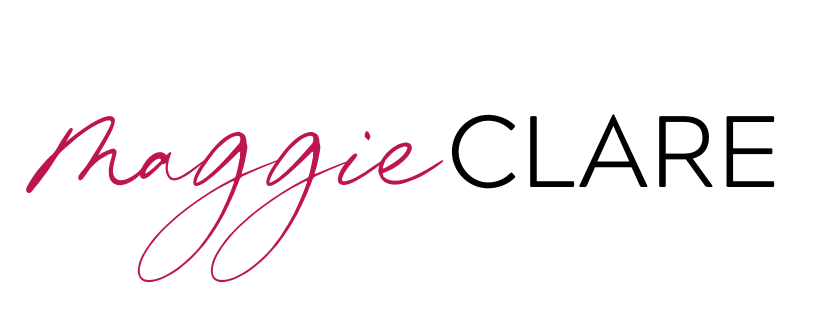Where are You?
Dear Maggie,
In your books, it seems like you are really familiar with the places you write about. How did you decide where to set your stories? Have you been to all the places in person?
Sincerely,
Lost in Louisiana
Dear Lost,
When my stories are set on planet Earth (which isn’t a given as I also write science fiction!), I like to be very familiar with the settings. It makes it easier for me to envision where my characters are and to have them interact authentically in that setting. Hopefully, my familiarity makes the place come alive for readers.
For example, the TSI main office is in Boston. I’m intimately familiar with that city, having lived and worked there in my college days. From the bars where Fiona sings, to Fenway Park where she takes Jake on their first date, I can work subtle details into the narrative to help immerse the reader in the setting.
When I choose a setting I’m less familiar with, I make sure to do my research. In Run and Hide, Mike has to travel to Los Angeles to find Lucia. I’ve been to L.A. many times, but I’ve never lived there, so I spent a bit of time using Google Earth to map out the different streets and addresses. Still, I’ve been there enough to be familiar with the feel of certain areas, and I try to use that knowledge to create a rich sense of place.
Beyond the city or town where a story takes place, there’s another layer to creating an authentic experience for readers with regard to setting. For example, the main character in Lost and Found, Lissa Morgan, is a doctor. I wanted readers to feel the frantic pace of the ER where she works, smell the antiseptic, and hear the clanging door to the parking garage slam shut. I’ve worked in an ER, and I called on all that experience to paint a vivid picture for my readers.
Of course, there are places I haven’t visited in person but need to incorporate into my stories, and that’s where research comes in. If I have a chance to visit a place, I do, but if not, there are many ways to learn. In fact, I’ve lost myself down a rabbit hole of research when I get excited about something. I’ve taken virtual museum tours, played on flight simulator programs, and watched documentaries to gain insight into a particular place. Sometimes, talking to another person who has been there is a good start. Obviously, pictures, videos, and articles can help us paint an internal picture of a place we’d like our characters to interact.
The setting is sometimes such a powerful factor in a story that it can feel almost like a character itself. I think about Hogwarts, with the moving staircases, secret rooms, and the forbidden forest surrounding the castle. Although an imaginary place, the author painted such a detailed picture for readers that we could see it in our mind’s eye. While setting may not seem as important as the characters and plot, it’s still really important to the reader experience and often to the story itself.
If you’re a writer looking for some tips on dynamically integrating setting into your story, check out this post I wrote over on the Inkitt Writer’s Blog: Setting the Scene.
Do you have a question for me? Send it to maggie@msmaggieclare.com, and I’ll answer it here on the blog!
In other news…
In case you missed it, I had a really fun interview with my good friend Monica Rodgers on her Revelation Project podcast. If you’d like to get to know me a little better, have a listen! Writing Yourself Open
This weekend, I’ll be presenting at Boskone, a fantastic conference blending science, fiction, art, gaming, music, and more. It’s $25 for the entire virtual conference weekend. If you’re interested, check it out here: Boskone 58. Here’s a mini-interview where I talk about the event and what I’m up to these days! Tabitha Lord mini-interview for Boskone.
It’s snowy here in little Rhode Island. My husband and I shoveled out the driveway during half-time last night!

